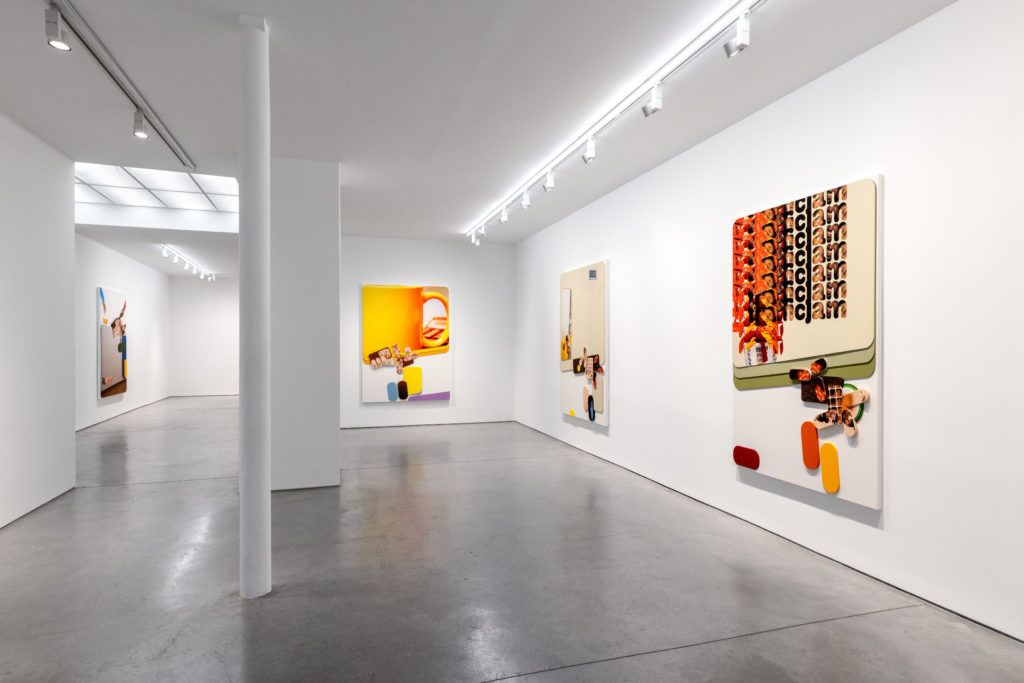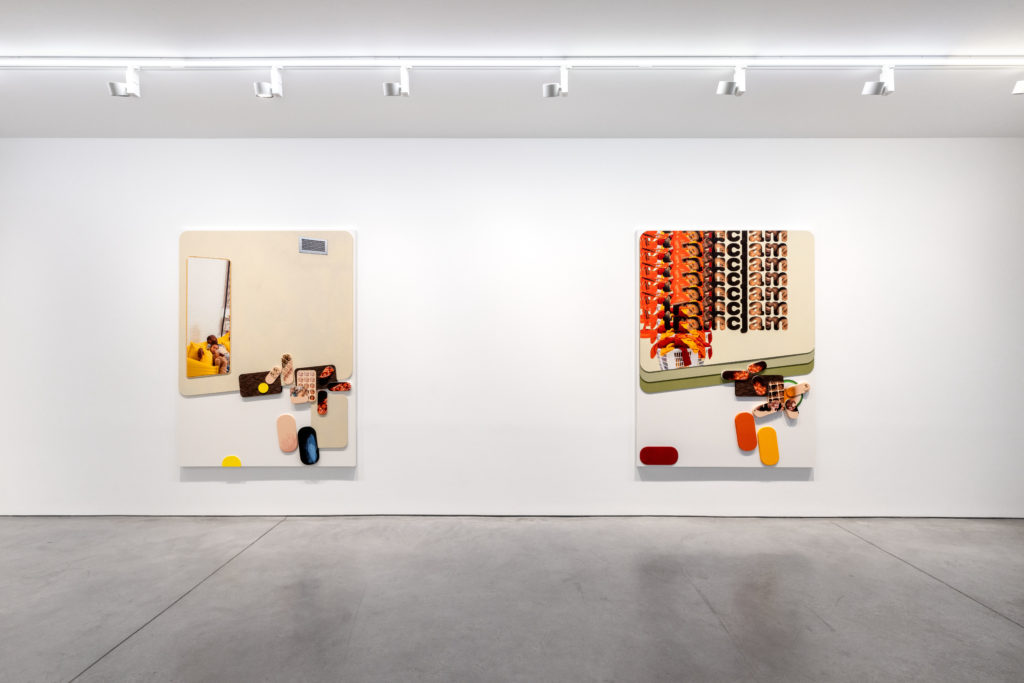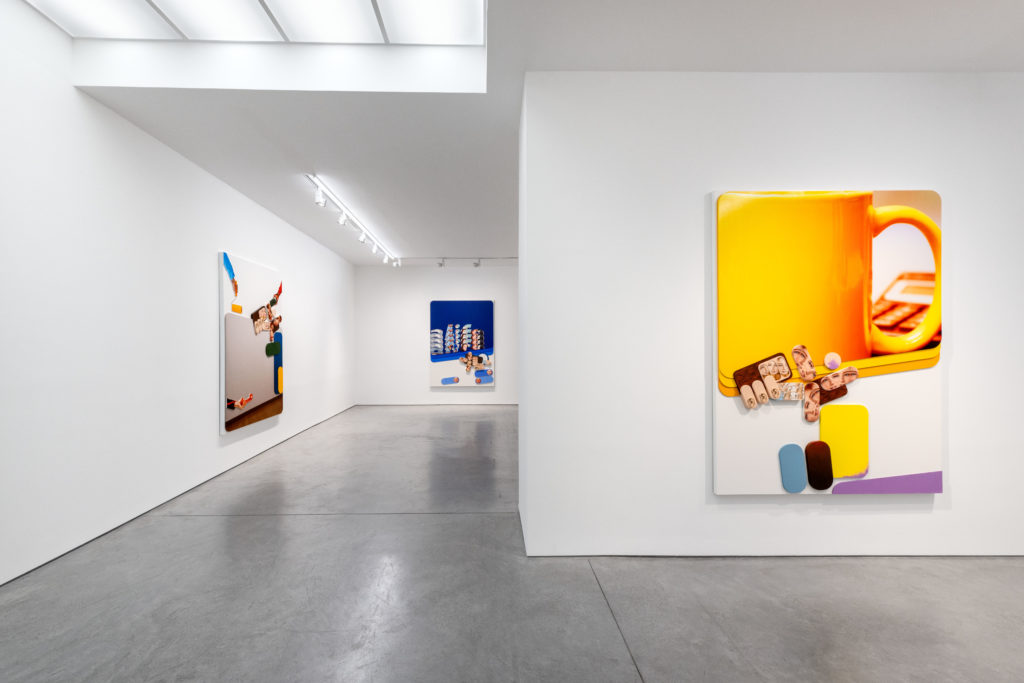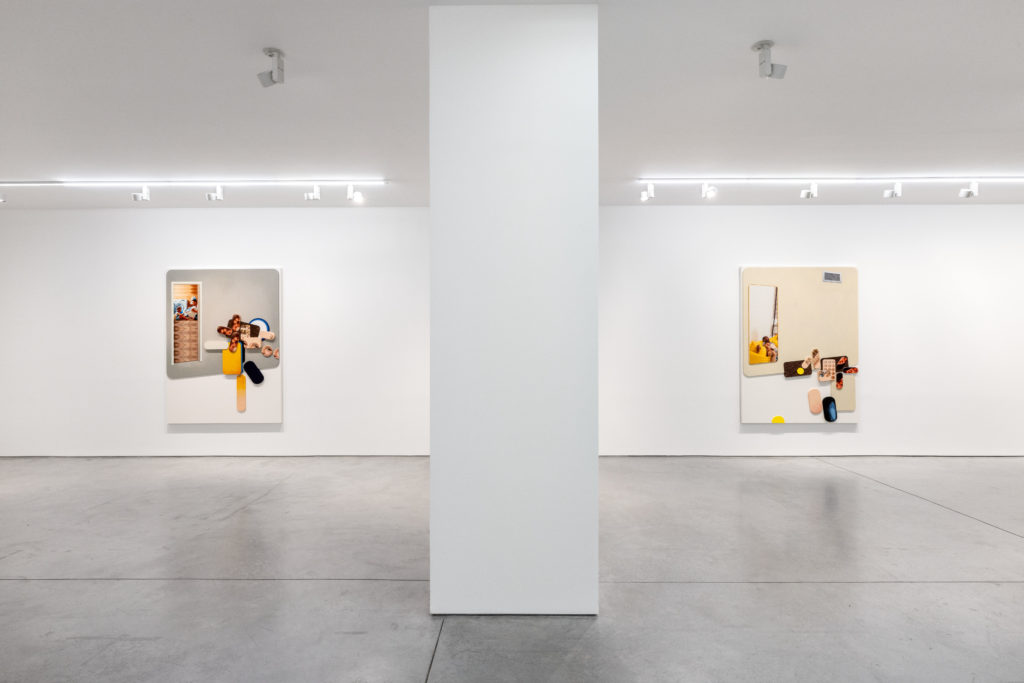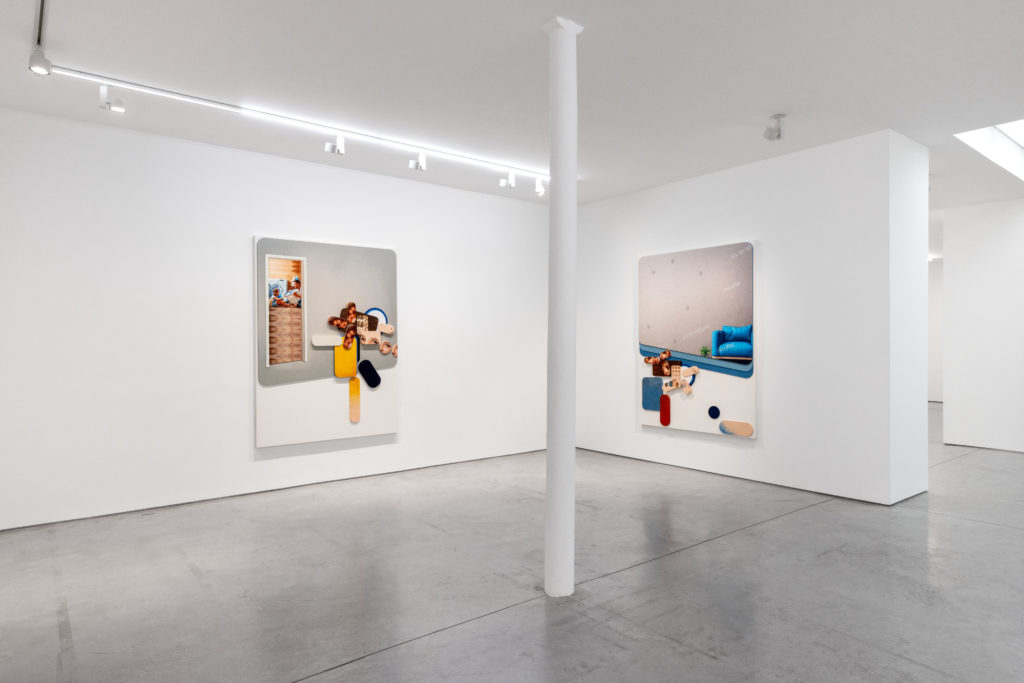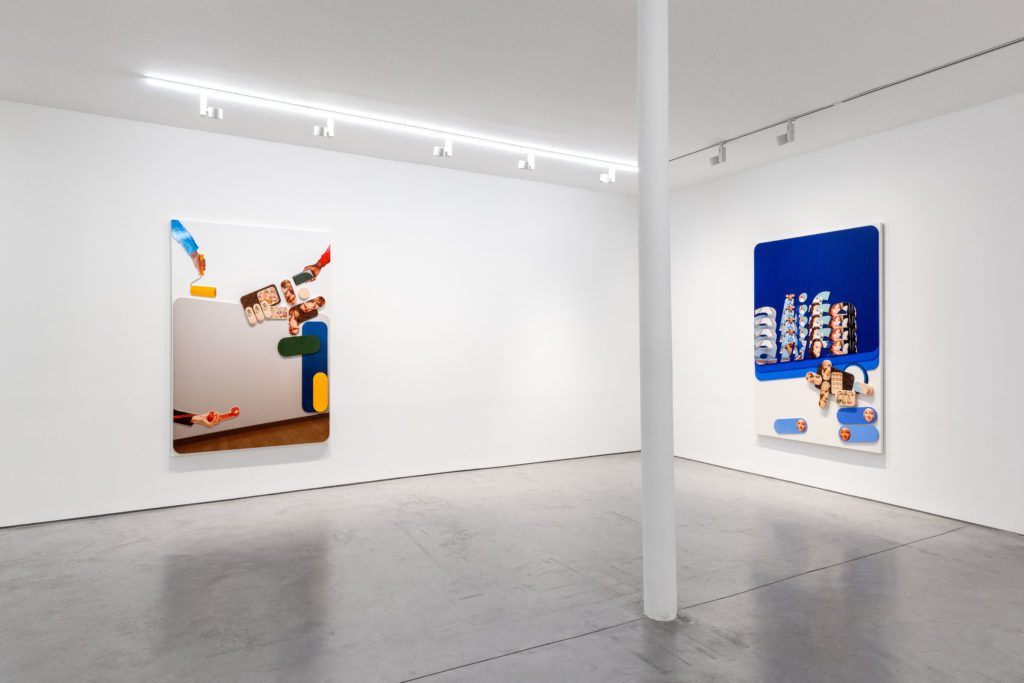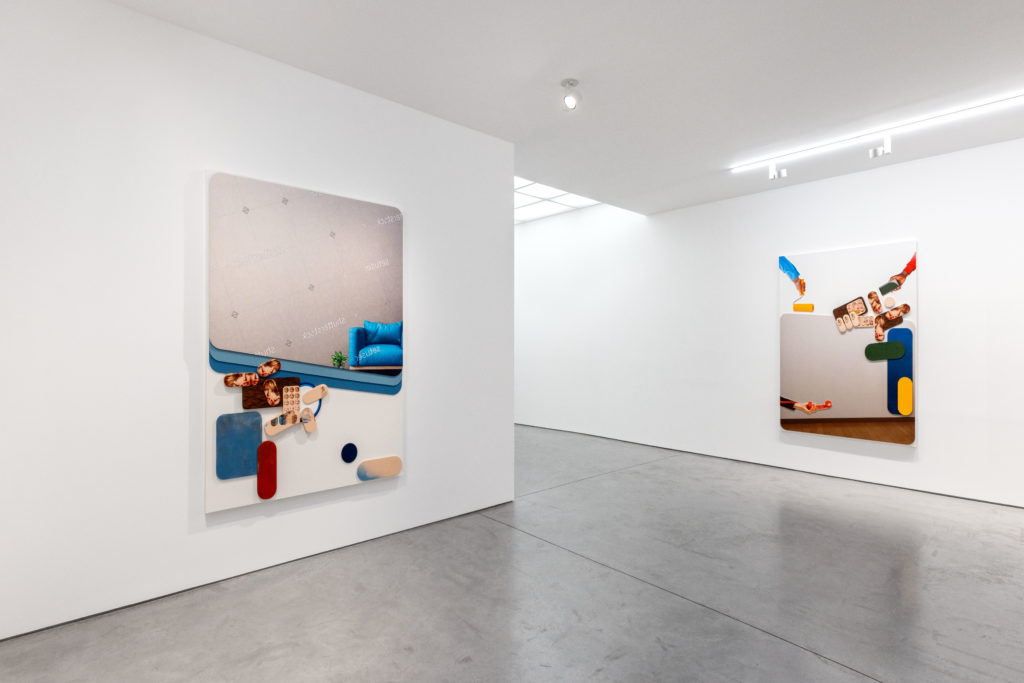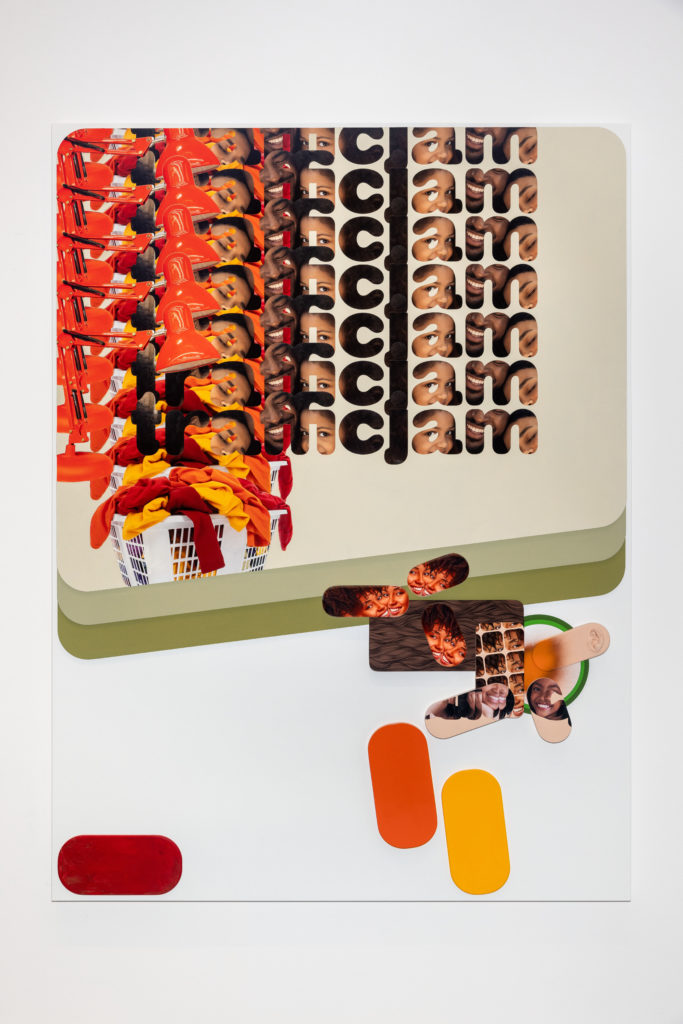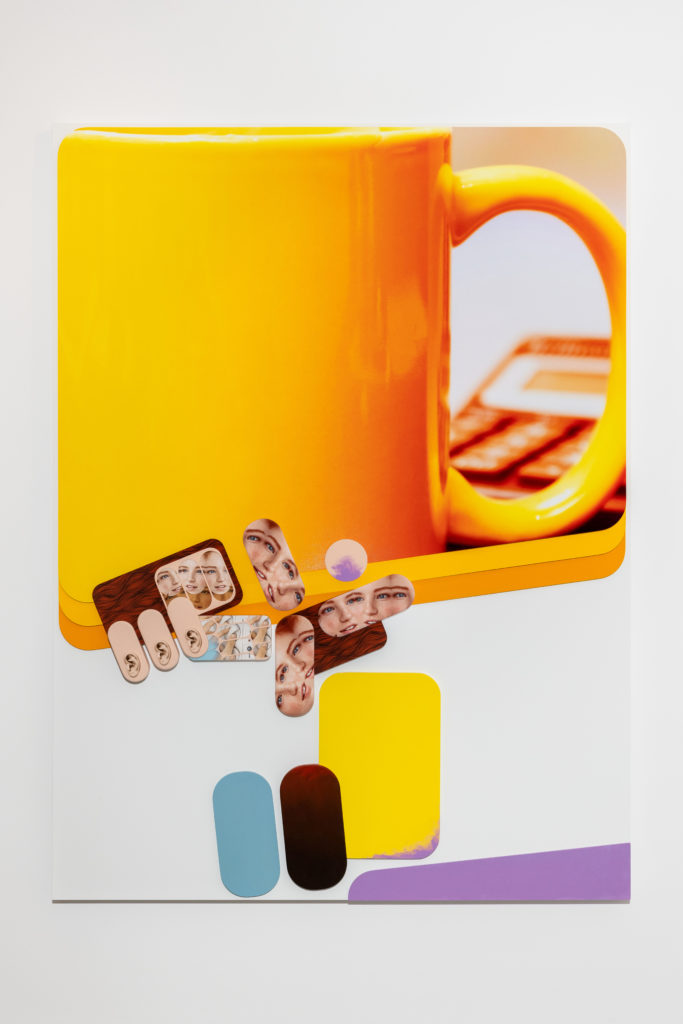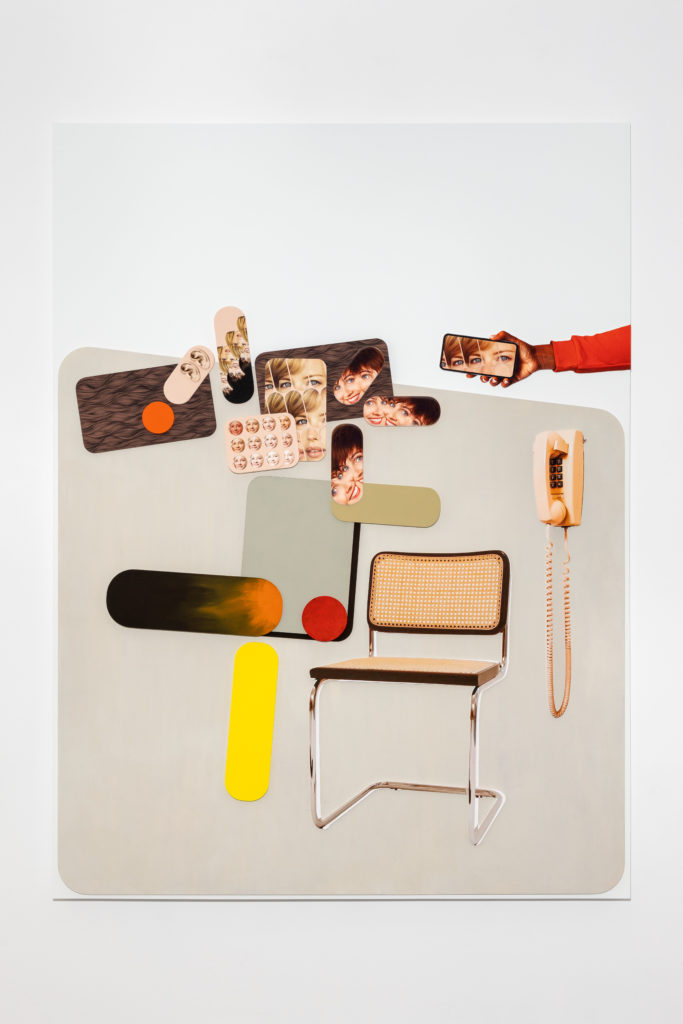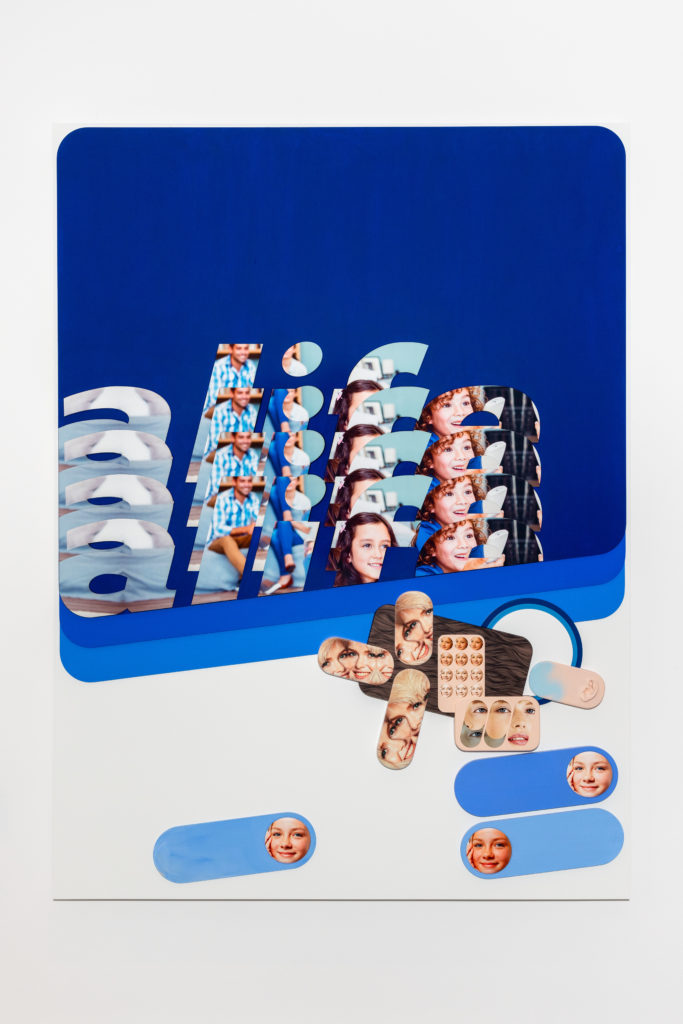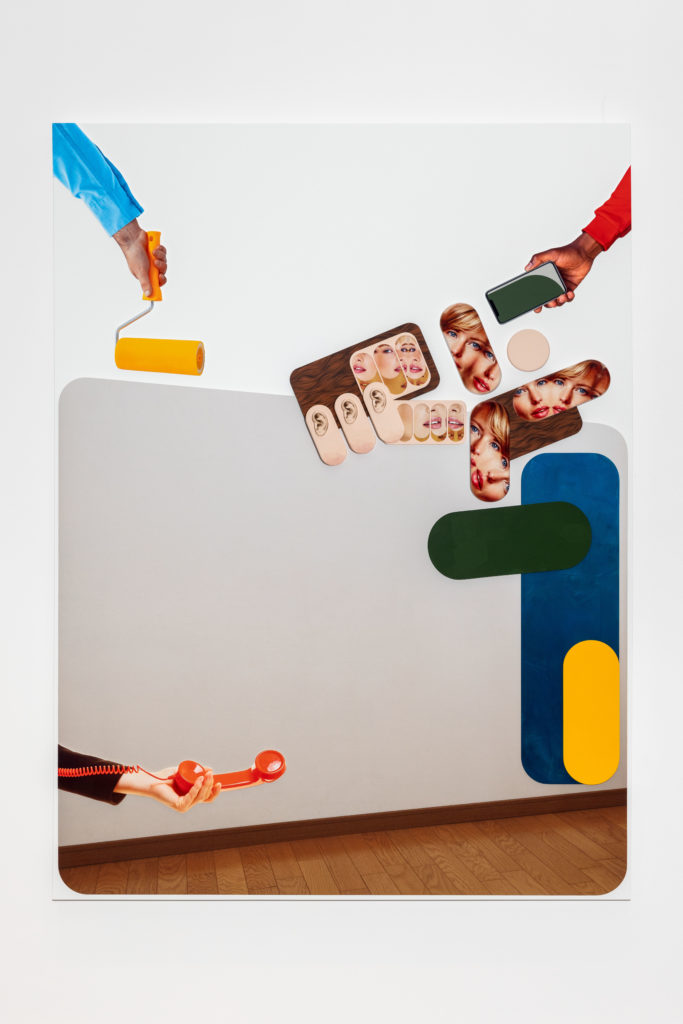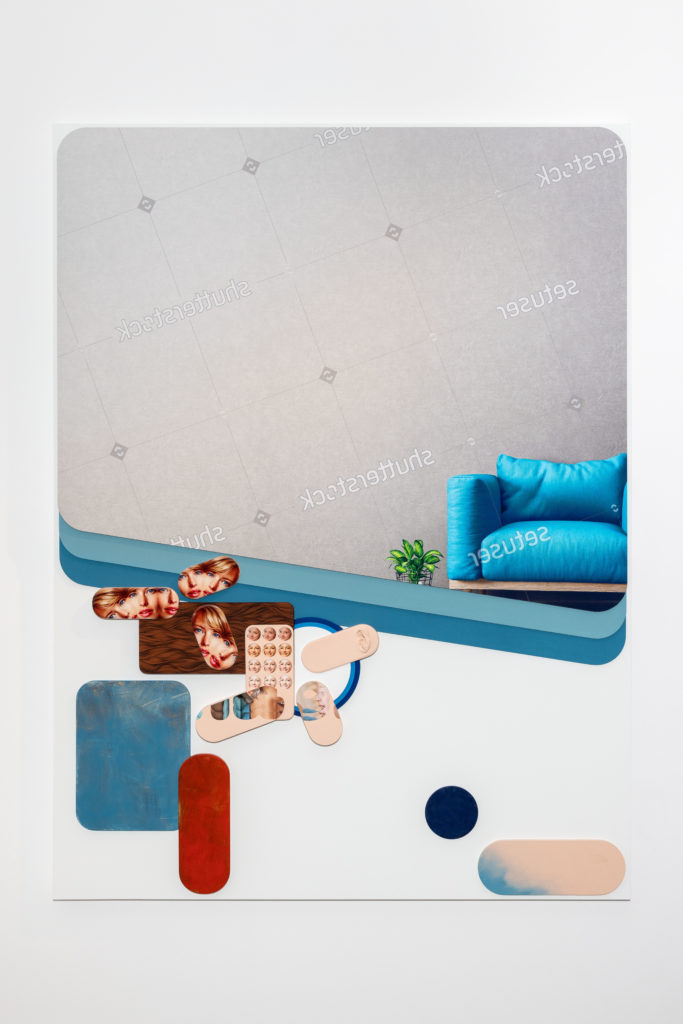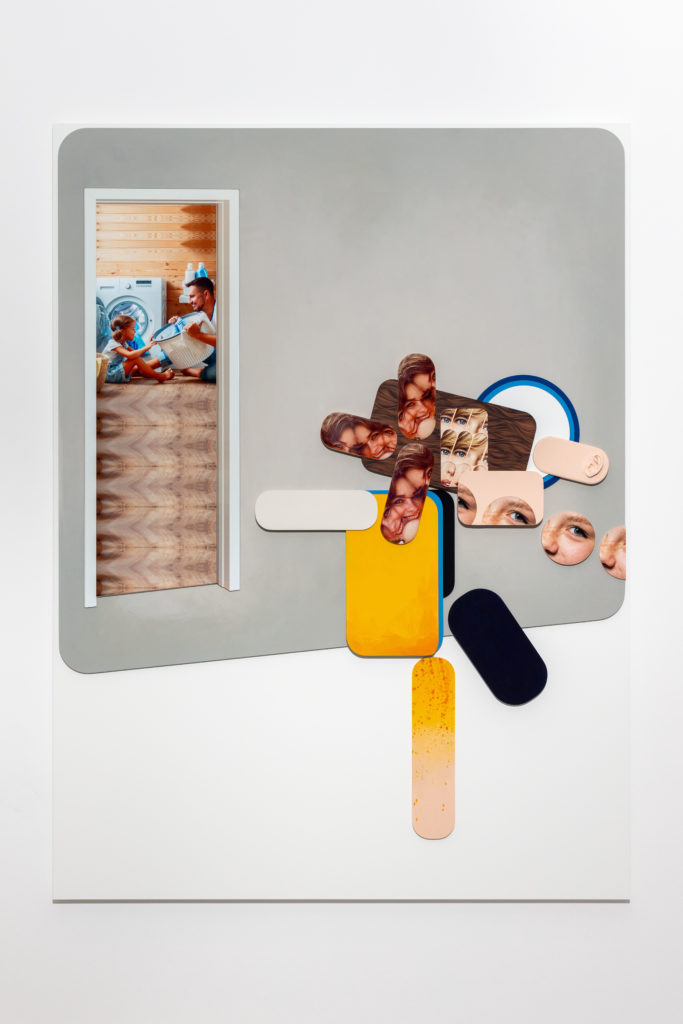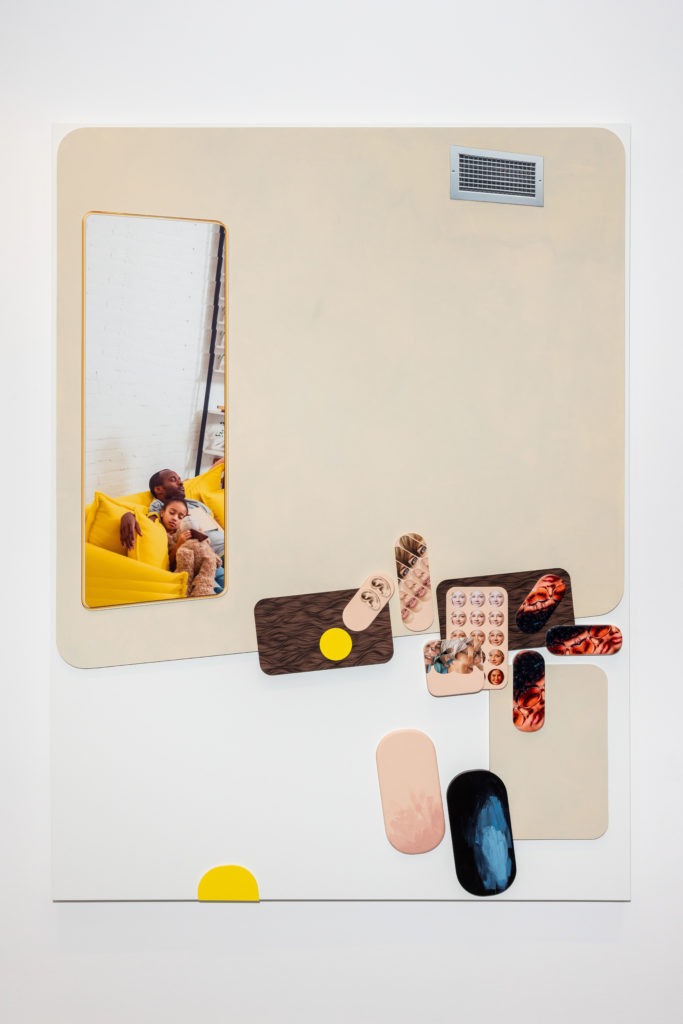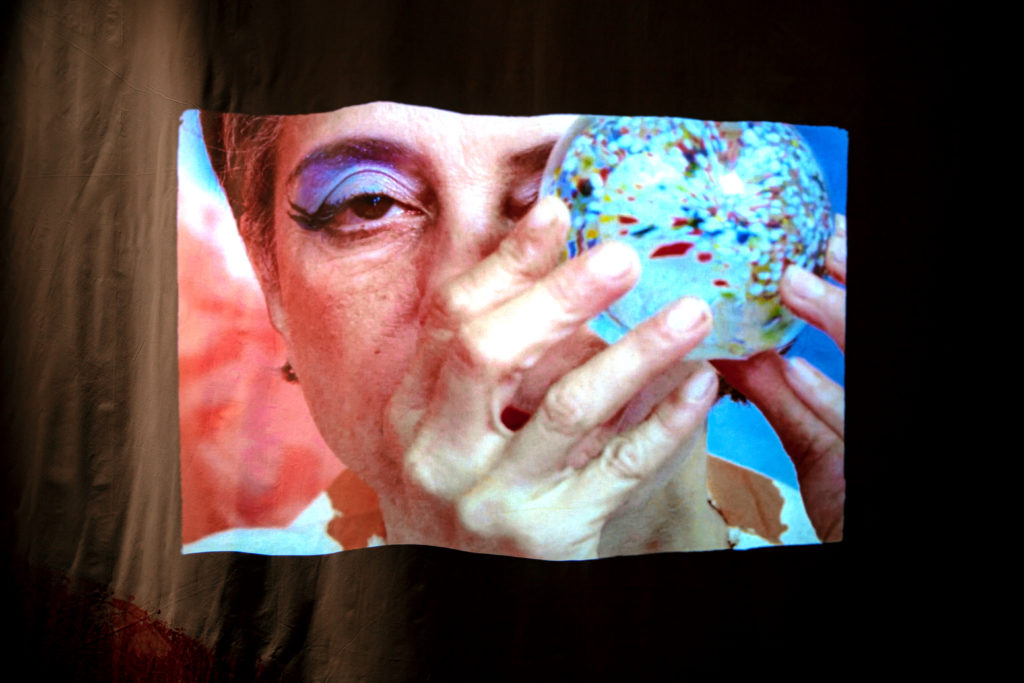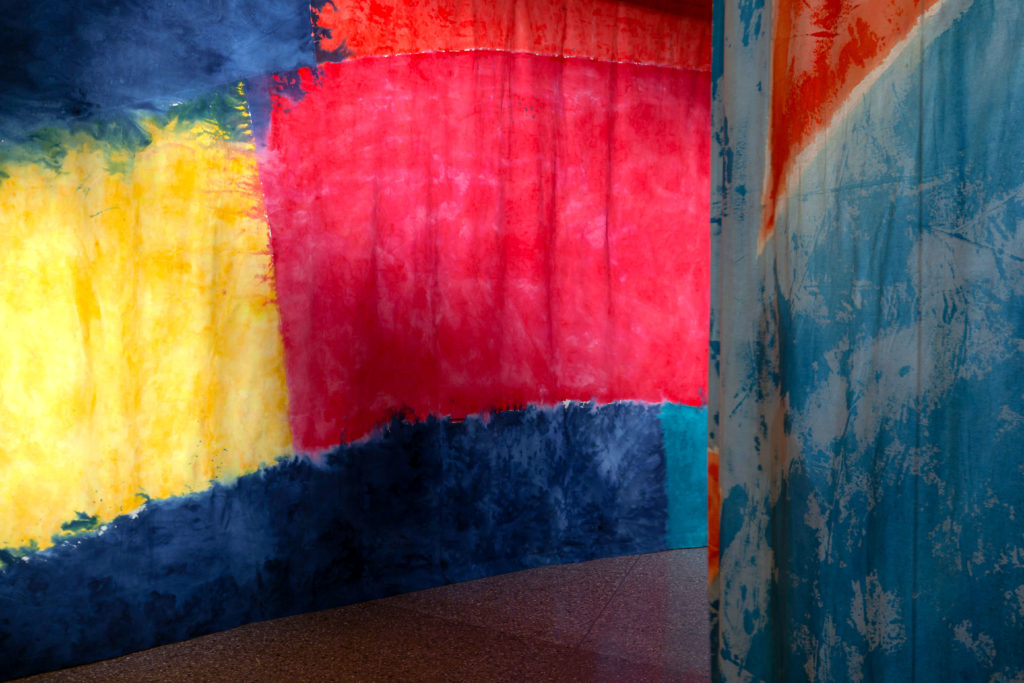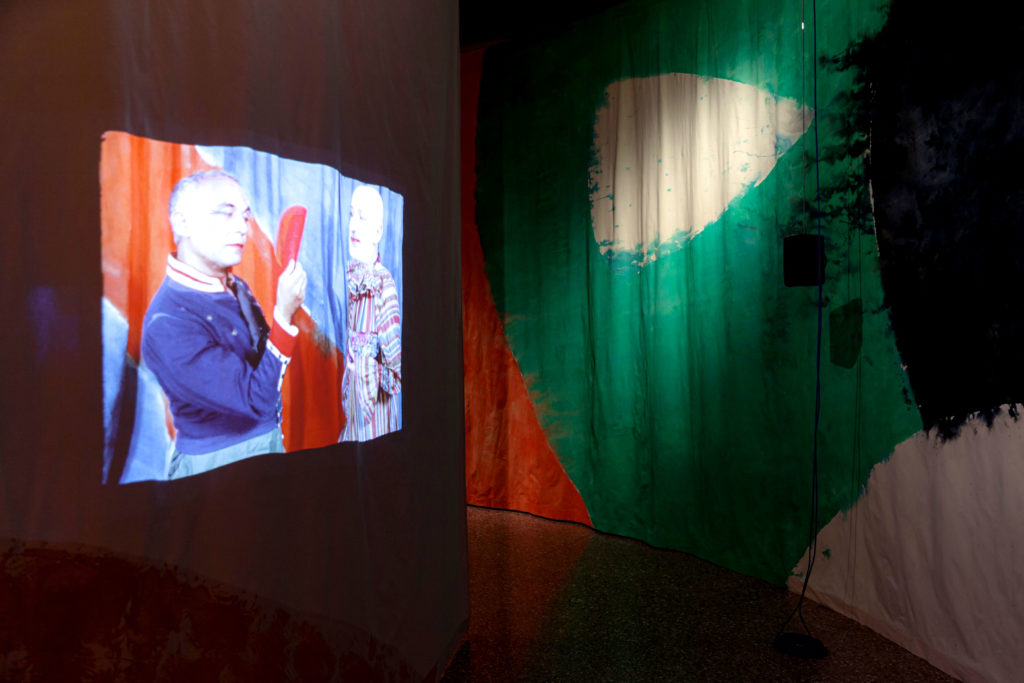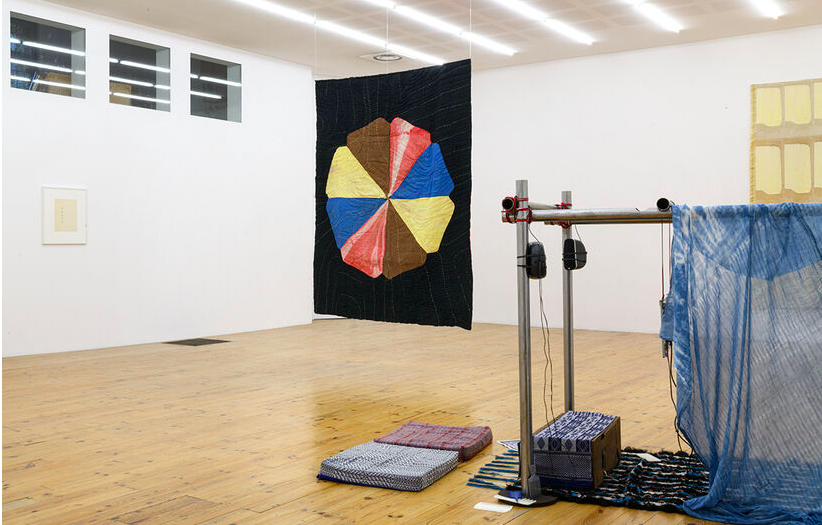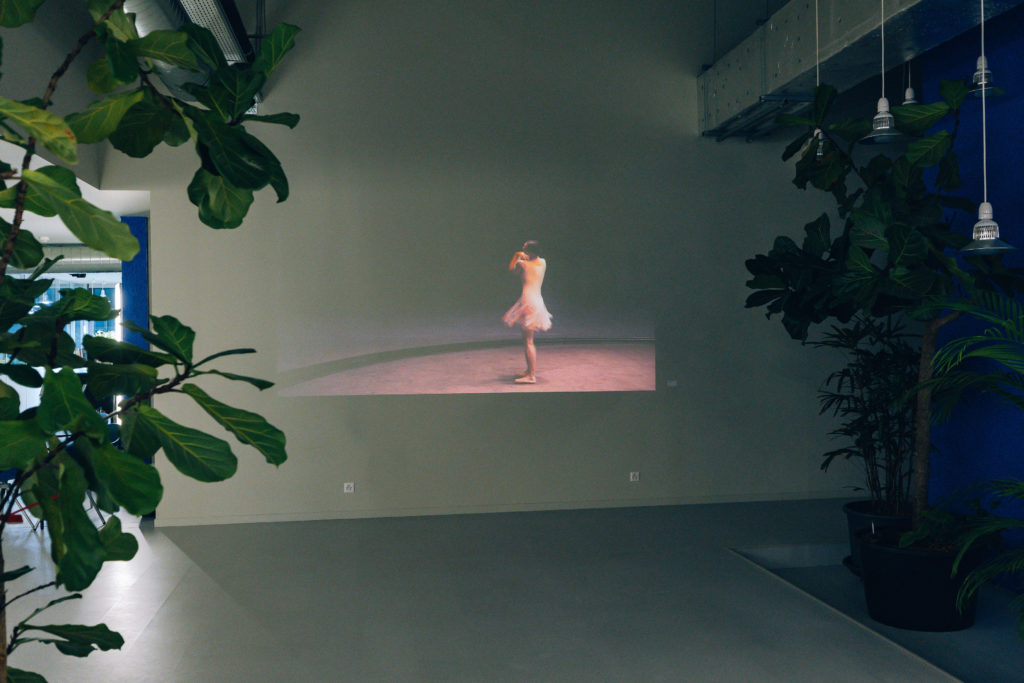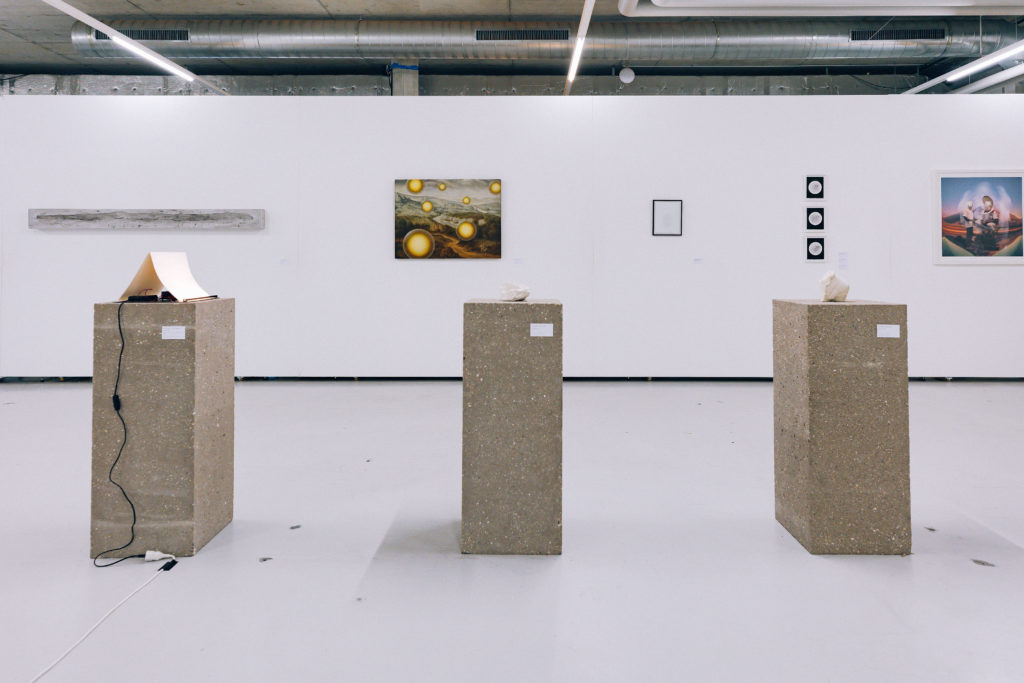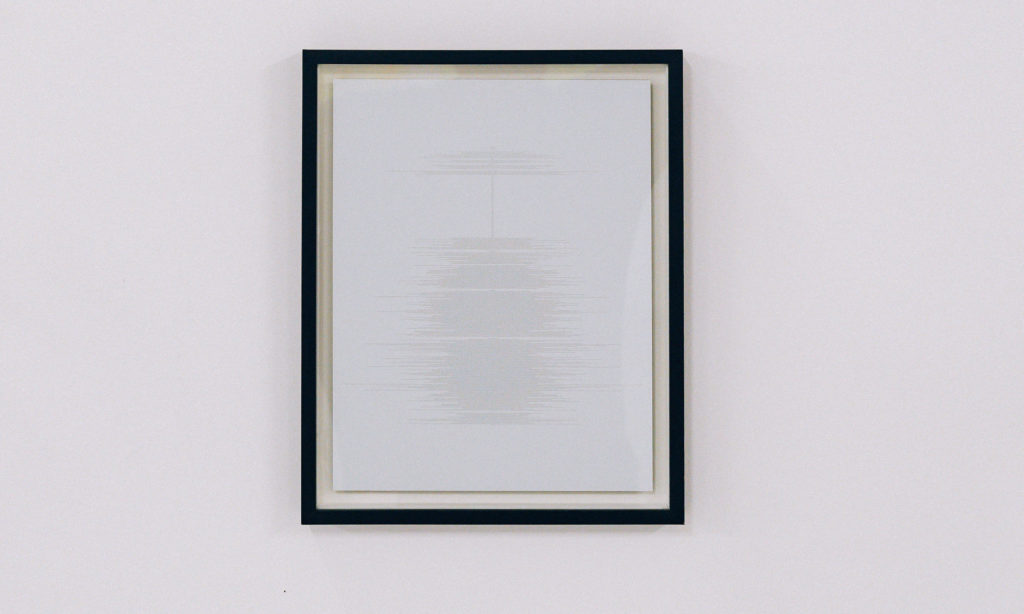
Pierre-Olivier Arnaud
Dans l’espace: poussières, points, trames et chatoiements
– L’image prototype, restes et promesses
After its launch at Offprint Paris, Pierre-Olivier Arnaud presents his monograph in the showroom of the gallery, on November 26th from 5pm.
While the regimen of images and their mode of appearance are central preoccupations for the artist, this publication brings together different types of images and puts into perspective the experience of reading these documents: exhibition views on the one hand, and on the other, the presentation of works, by nature reproducible, unfolding in the book.
Textes | Texts: François Aubart, Anne Giffon-Selle
Editorial coordination: Christophe Lemaitre
Layout : Maximage
Typefaces: Signs, Rhymes (Maxitype)
Translated by: Matthieu Ortalda
Proofreading: Juliette Tixier, Christophe Lemaitre, Matthieu Ortalda
Éditeur | Editor: Tombolo presses
Diffusion | Distribution: Les presses du réel
Published in September, 2022
French/English
21,6 x 27,9 cm
182 pages

